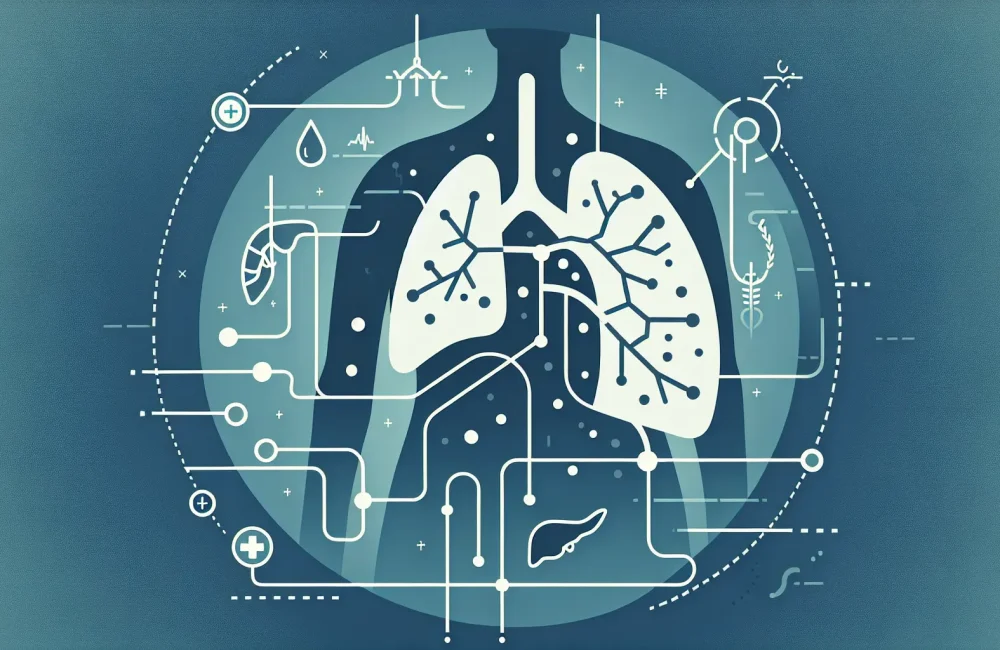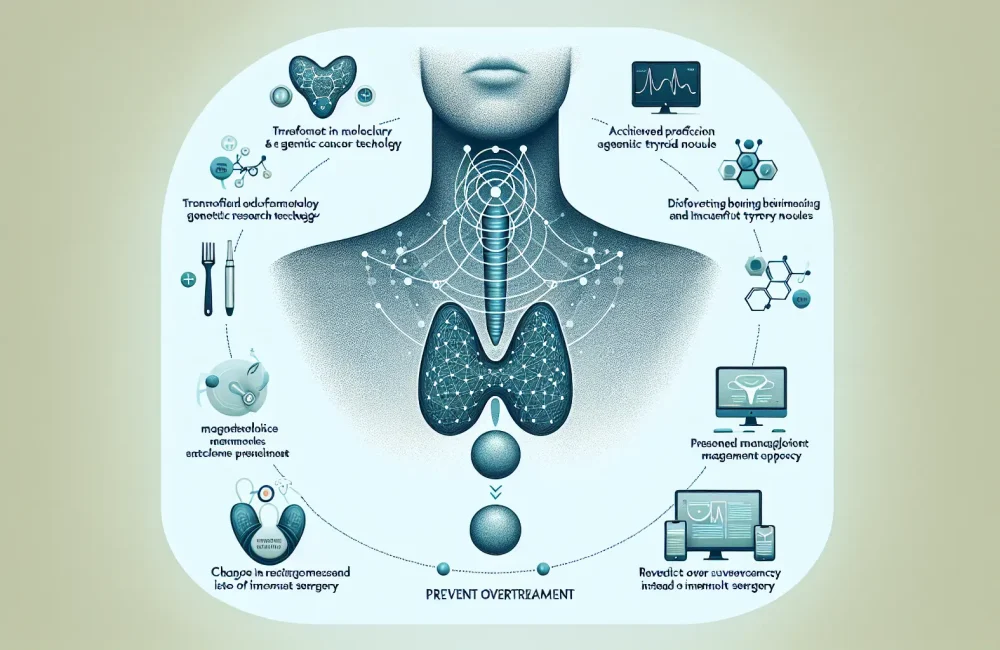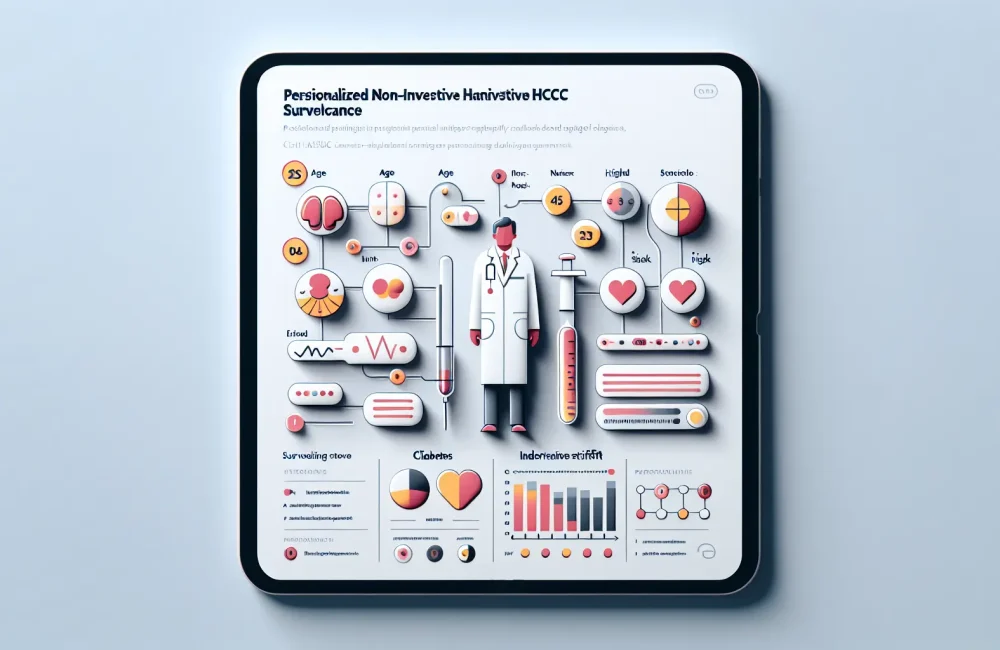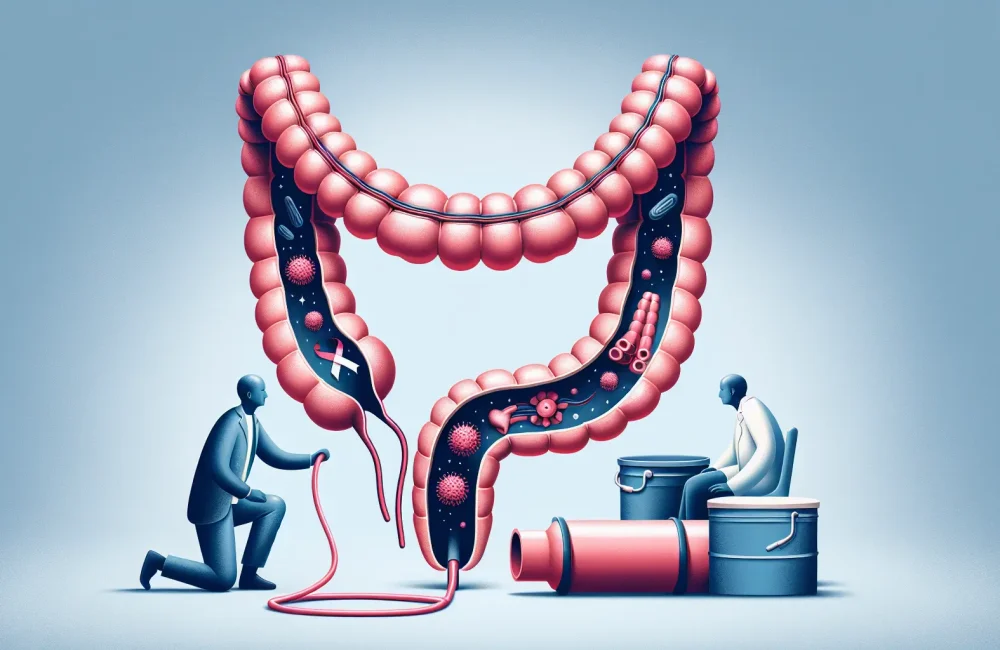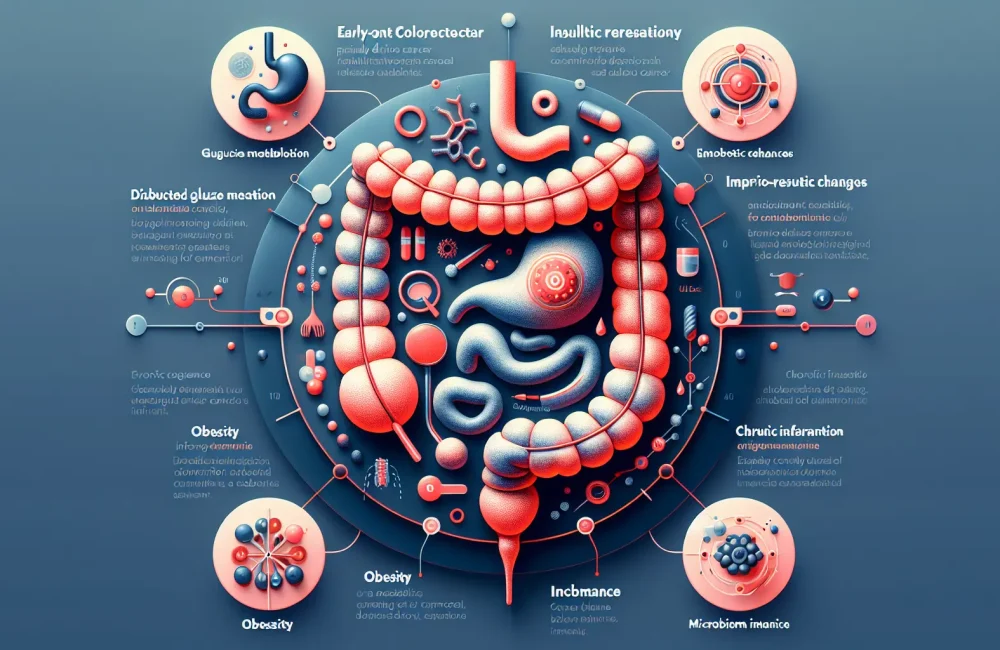By CAFMI AI From New England Journal of Medicine
Clinical Presentation and Diagnostic Workup
This case report details the clinical journey of an 11-year-old girl who presented with chest pain, a symptom that initiated a comprehensive diagnostic pathway. Upon presentation, the patient not only experienced chest pain but also systemic symptoms prompting an extensive evaluation. The initial clinical examination aimed to delineate the severity and possible causes of her symptoms, including assessment for both common and serious disorders. The clinicians proceeded with a broad diagnostic approach, ordering imaging studies and laboratory tests to explore multisystem involvement suggested by her symptoms. Imaging revealed multiple lesions in her bones and liver. These findings raised suspicion for a systemic disease process rather than an isolated organ issue, which required careful interpretation in light of her age and clinical presentation. Moreover, laboratory investigations included comprehensive hematologic and biochemical panels that helped exclude common infections and metabolic disorders, thus narrowing the differential diagnosis. This phase of clinical workup highlights the importance of a systematic and integrated approach in evaluating pediatric patients who present with atypical and multisystem complaints, especially in primary care and pediatric specialties. The early recognition of such patterns can guide timely referral and management, preventing diagnostic delays that might affect prognosis.
Differential Diagnosis and Pathological Findings
The differential diagnosis considered a range of conditions including infectious, inflammatory, neoplastic, and metabolic disorders due to the multisystem presentation. Pathological analysis through biopsy of bone lesions revealed histological features consistent with Langerhans cell histiocytosis, a rare disorder characterized by clonal proliferation of Langerhans cells. The integration of clinical, radiological, and pathological data confirmed the diagnosis and excluded other mimickers such as malignancies and chronic infections. Understanding the pathological basis clarified the systemic nature of the disease, guiding appropriate therapeutic strategies.
Treatment Approach and Prognosis
The patient was started on a tailored treatment plan involving chemotherapy and supportive care aimed at controlling disease progression and managing symptoms. Multidisciplinary involvement including pediatric oncology, radiology, and pathology ensured comprehensive management. Follow-up demonstrated clinical improvement and stabilization of lesions, emphasizing the importance of early diagnosis and coordinated care in pediatric multisystem diseases. The prognosis remains guarded but favorable with prompt intervention, underscoring the value of recognizing rare disorders presenting with common symptoms like chest pain.
Read The Original Publication Here
